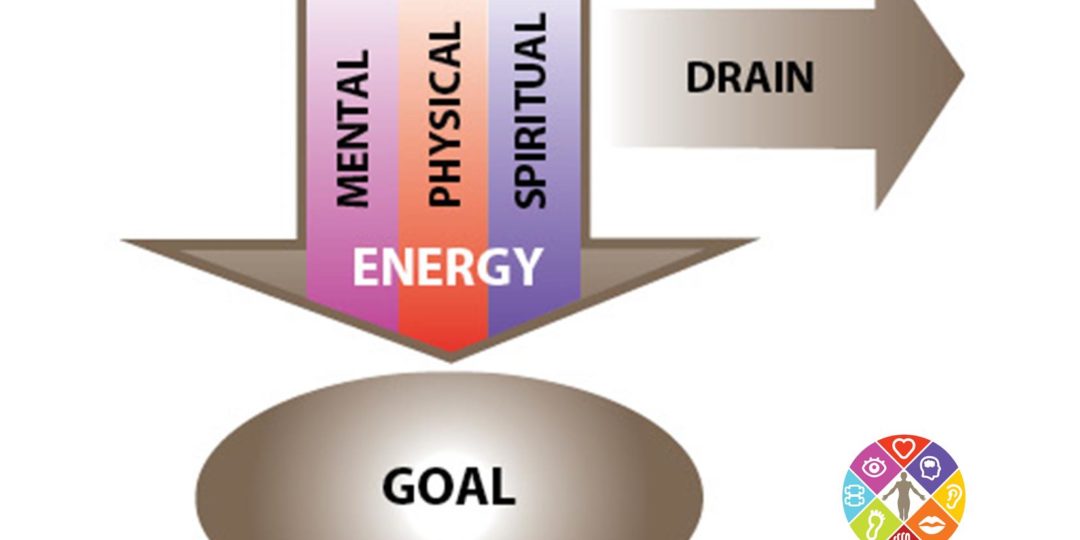The Drain Model
- Jul 15, 2022
- By personifyadmin
- In Newsletters
- 0 Comments
Have you looked at your goals for the year lately? Remember back in January when you turned the calendar to a new year, full of opportunities and promise? Did you make a list of the things you wanted to accomplish this year? How many goals of the goals that you set for yourself have you achieved? I took a look at mine recently and there were a few that I have done very well at. There were also a few that still need a lot of work before the end of the year gets here.
The turning of the calendar to a new year usually has everyone setting goals for the year ahead. Now that we are more than halfway through the year, are you still on track to achieve what you wanted to this year? I’m curious, when you set your goals, did you also identify what might get in the way of achieving your goals? I’m guessing that most of you did not do this. This is not a common practice like goal setting. In a recent newsletter, we talked about the Drain Model, which is one of the models we introduce in our Eyes of a Leader module in the Personify Leadership program. I’d like to revisit this concept and invite you to look at the goals you set at the beginning of the year. See if you can identify the ‘drains’ that may be preventing you from accomplishing your goals. The Drain Model helps leaders look at their goals and vision and proactively identify potential drains that may take energy, either yours or the team’s, away from the goal. Let’s look at this in more detail.
Drs. Carl Larson and Frank LaFasto conducted an in-depth study at The University of Denver during which they interviewed over 6,000 team members and leaders to identify exactly what it is that makes teams work well. The result of their research led to the publishing of their book, “When Teams Work Best,” as well as the introduction of their Drain Model, part of which we will discuss now. We’ll talk about why it’s called the Drain Model shortly.
One of the key findings in their study was this idea of energy and focus. Larson and LaFasto describe the team’s energy in three ways: Mental, Physical and Spiritual.
- Mental energy represents your knowledge, expertise and intellectual horsepower.
- Physical energy is pretty straight forward. It is your stamina, your body exerting the energy needed to do the job.
- They describe Spiritual energy as something that really tends to get overlooked in team dynamics: your emotional energy, motivation, desire and team spirit. These are all things that are inspired from you as a leader. Leaders can require mental and physical energy of their people, but spiritual energy is not something we can demand. It is inspired.
Two things must happen in order for an individual or a team to reach their goals. First, the goal has to be very clear. If the goal is not clear it will be tough to align your energy or your team’s energy. Second, you need all three types of energy focused on the goal to be successful.
Let’s revisit the energy and goal model. At any given time during the year, leaders and teams will encounter challenges and set-backs. This is a fact, but that does not mean we need to have as many as we do. Larson and LaFasto defined these set-backs as drains. Drains are the things that pull our mental, physical and spiritual energy away from the goal. When drains occur they will derail your success and dilute and deflate your effectiveness.
Taking a look at your goals. Can you proactively identify potential drains that have been taking your energy away from achieving your goals? I encourage you to go back through your goals and list out what some of your potential drains might be. Find someone who can be your Accountability Partner throughout the rest of the year and share your goals with them. Meet with them on a regular basis, even if it is a weekly text message to see how you are progressing.
~Personify Leadership






Recent Comments